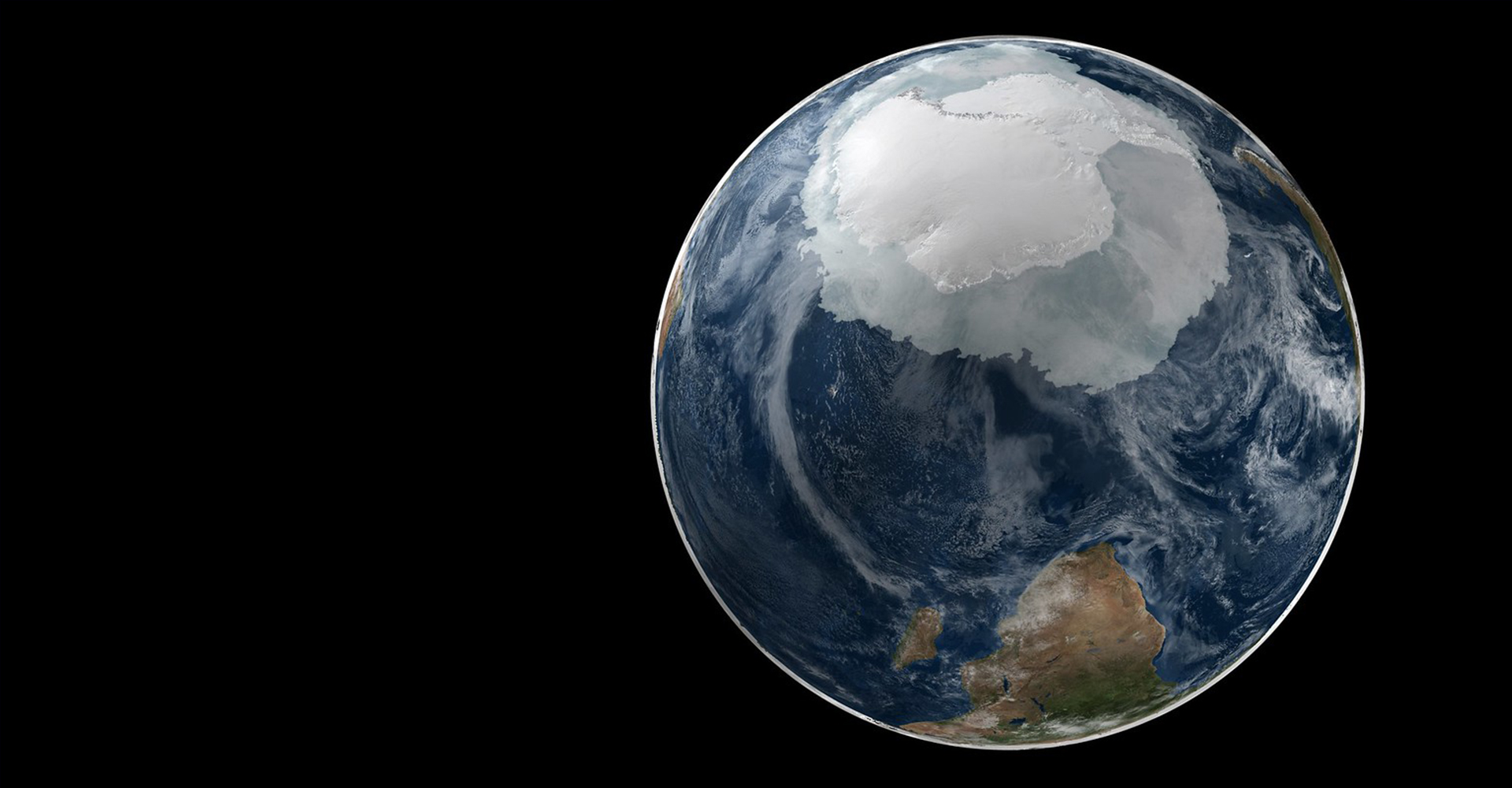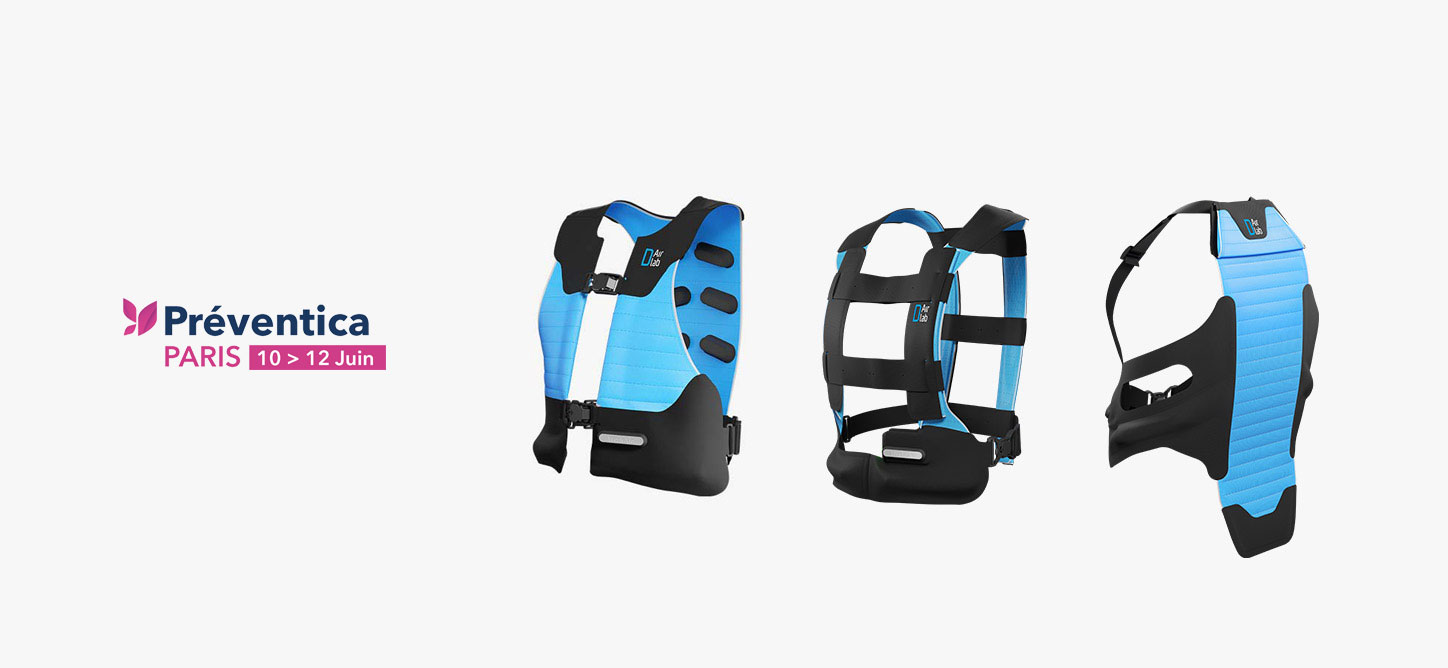05 / 10 /2022 – This year, researchers working at the Poles witnessed a phenomenon never seen before: on both the Arctic and Antarctic continents, temperatures recorded were far above the seasonal average.
The Concordia station is one of the permanent stations operating in Antarctica today and is one of the few to be operated by two nations simultaneously: Italy and France. Researchers from the two nations work together to collect data to study the past, present and future of this ice continent (and the Earth in general). The Concordia station, located at an altitude of 3,233 m, usually experiences temperatures of around -55°C in March. This year, the researchers recorded a temperature of ‘only’ -11.8°C: 40 degrees higher than the temperature at which they used to operate!
The heat recorded in Antarctica was an extraordinary event, but researchers say that these events will become more frequent due to the impact of the climate crisis.
The consequences are manifold: from rising sea levels, to the loss of fresh water reserves; from the extinction of various marine species (due to the release of large quantities of fresh water into the ocean), to the alteration of the tidal cycle and currents (which would cause a further worsening of the earth’s climate condition), to the increased risk of new pandemics (due to the large presence of many unknown microorganisms in the glaciers, which are being studied by researchers).
In the extreme case that the entire Antarctic continent melts, it is estimated that sea levels would rise by more than 60m, with catastrophic consequences, including the disappearance of coastal cities such as London or Venice.
The work of the researchers at the Poles is therefore of great importance, and the Antarctica suit provides them with the right protection during the study and data collection work outside the station: the temperatures, in fact, with unusual (and in any case harsh) peaks, put a strain on the work of the researchers, who also find themselves operating at temperatures of around -80°C.






